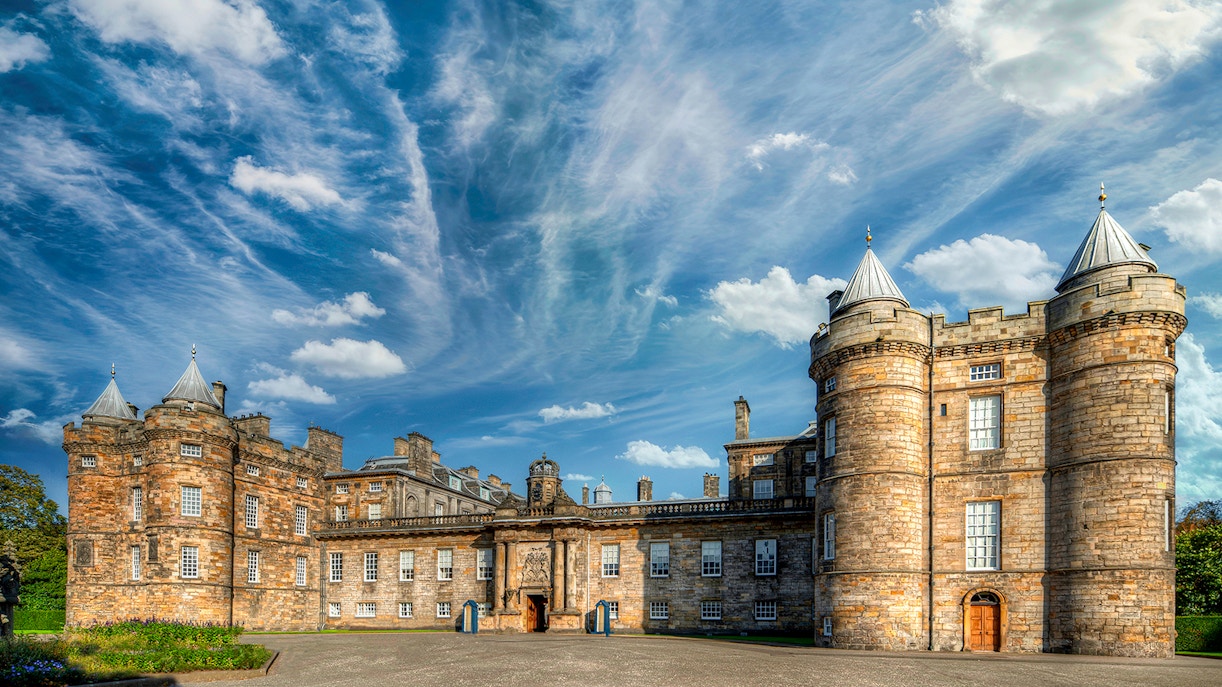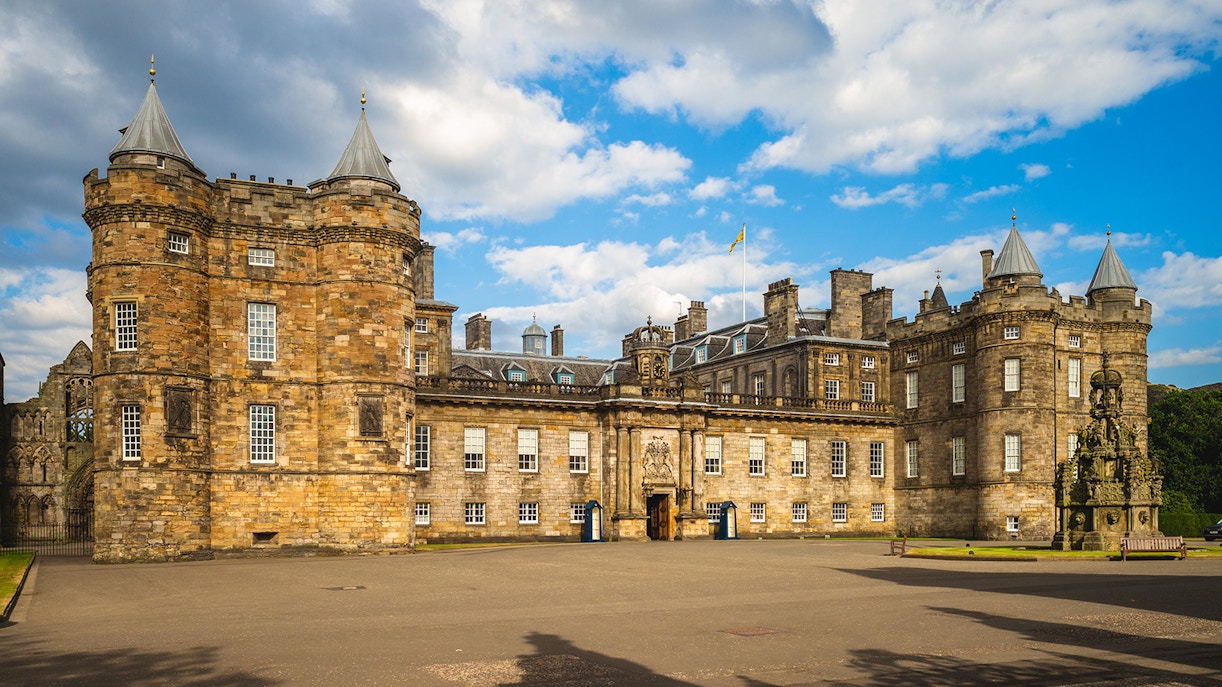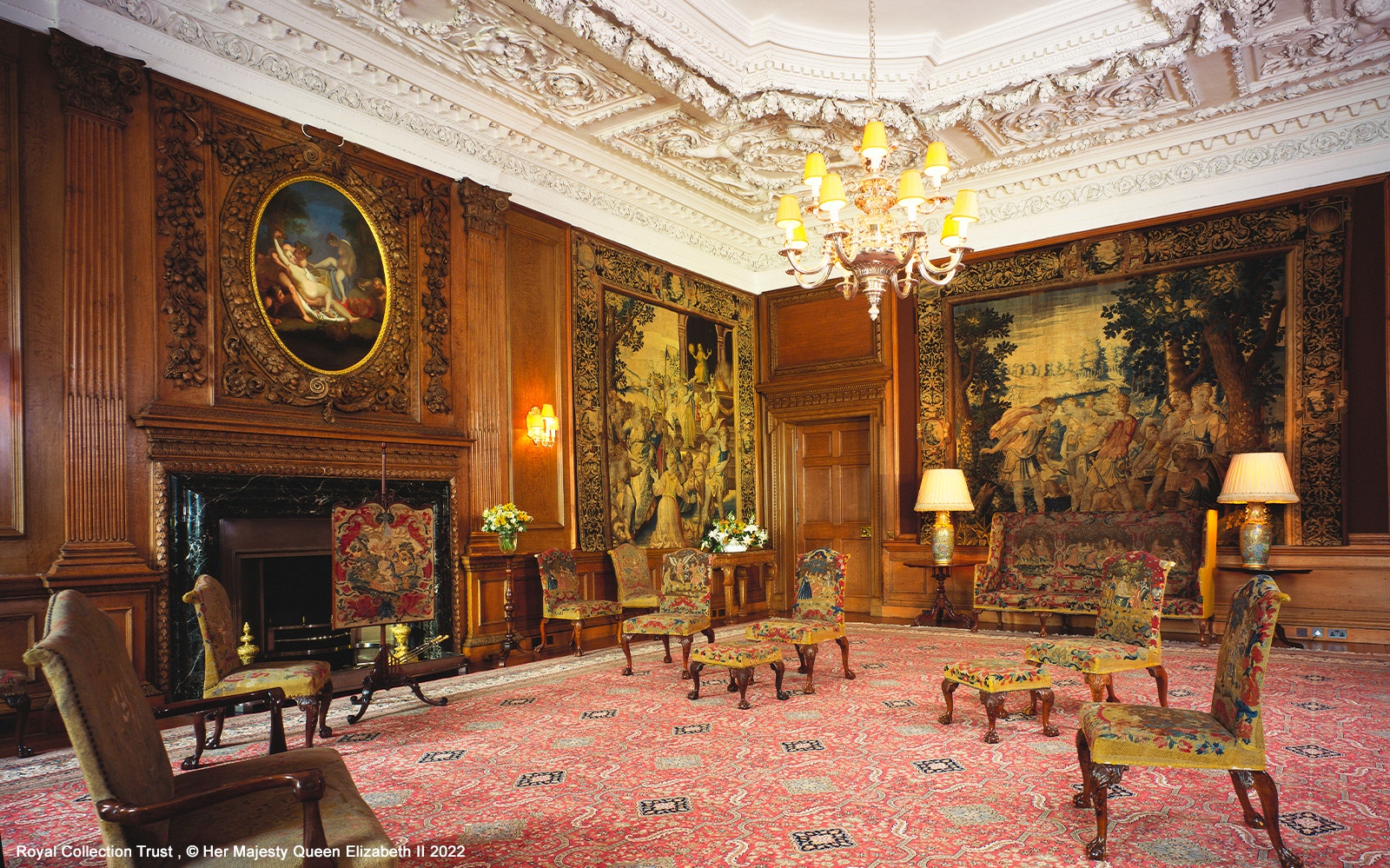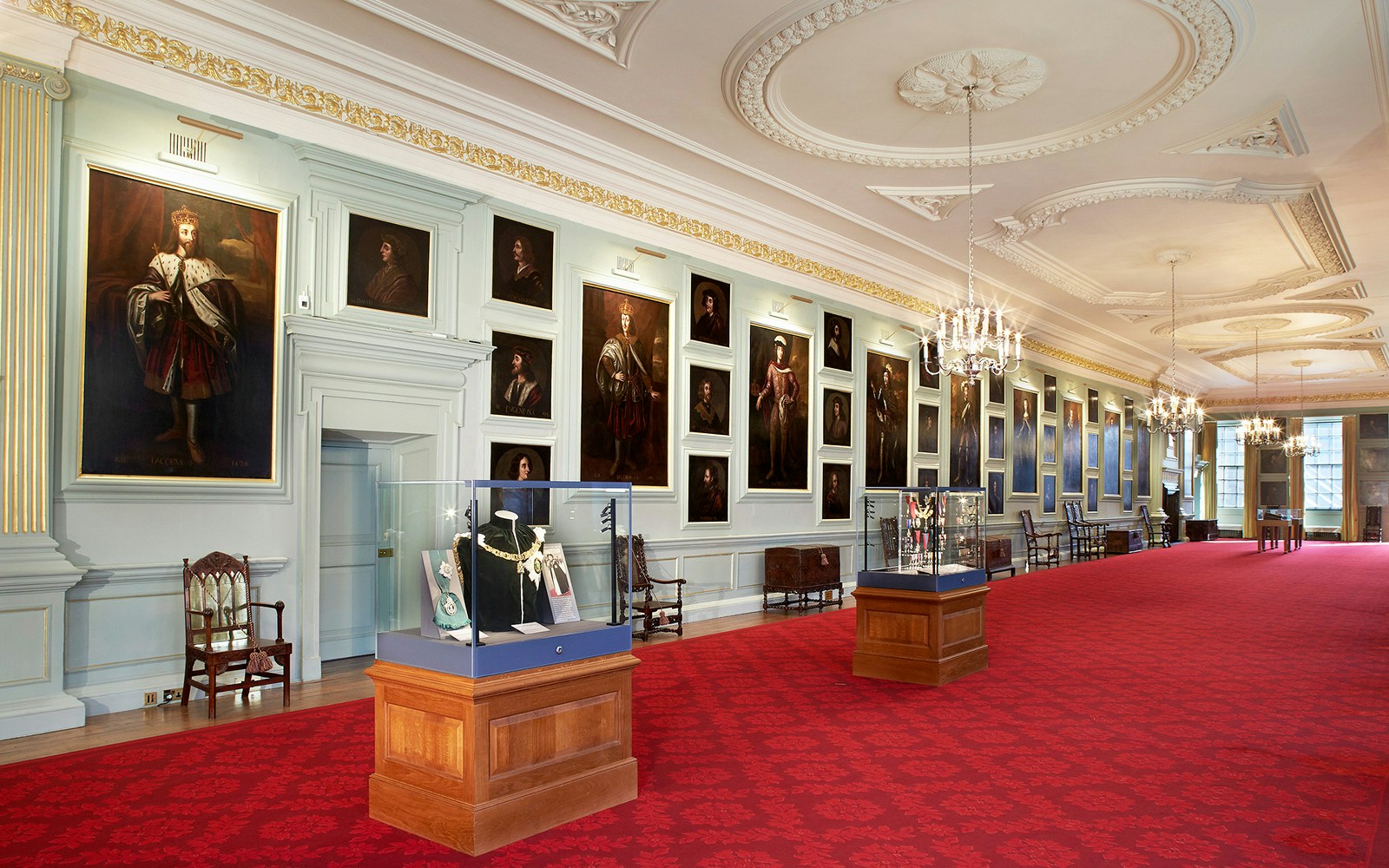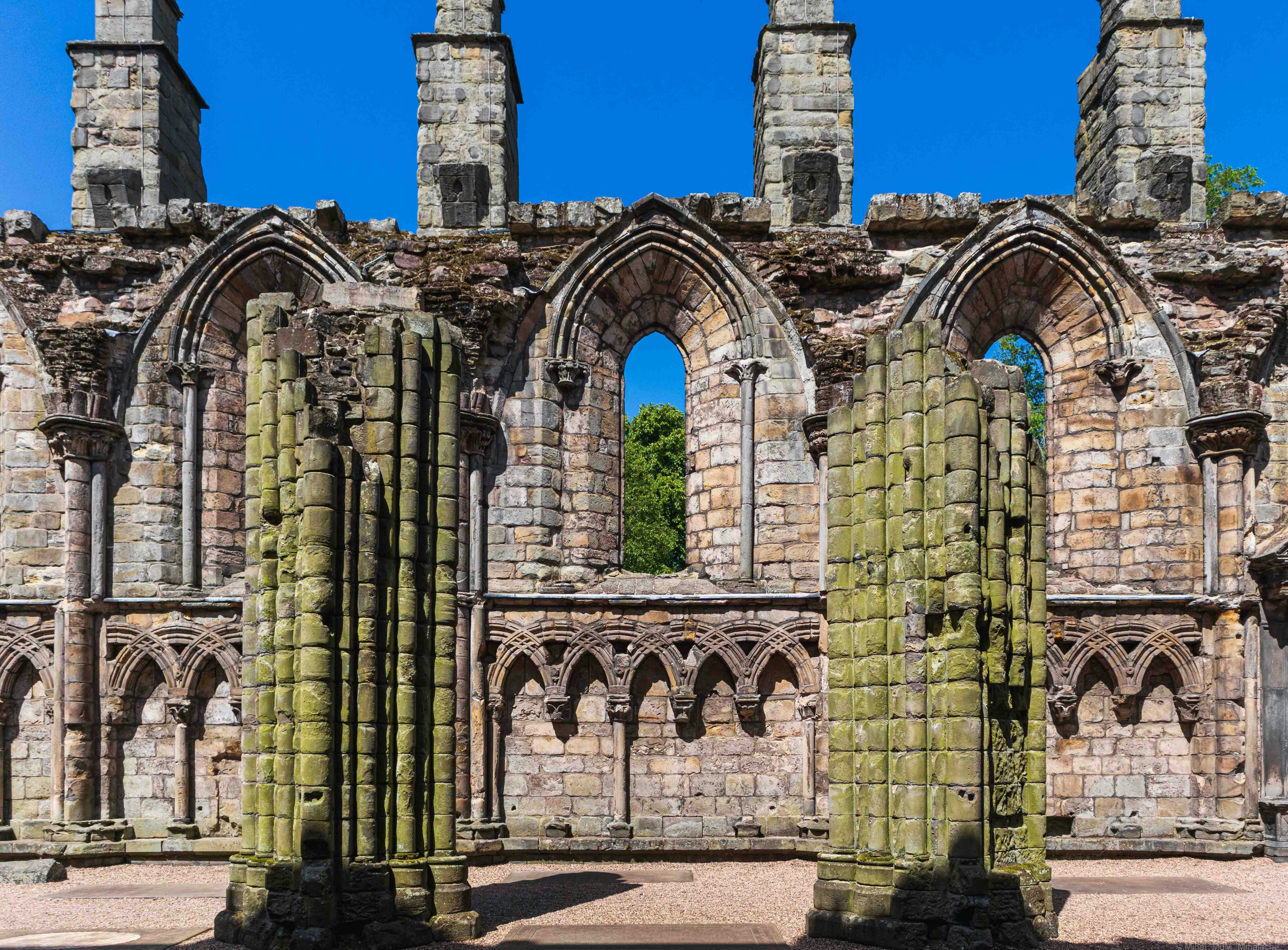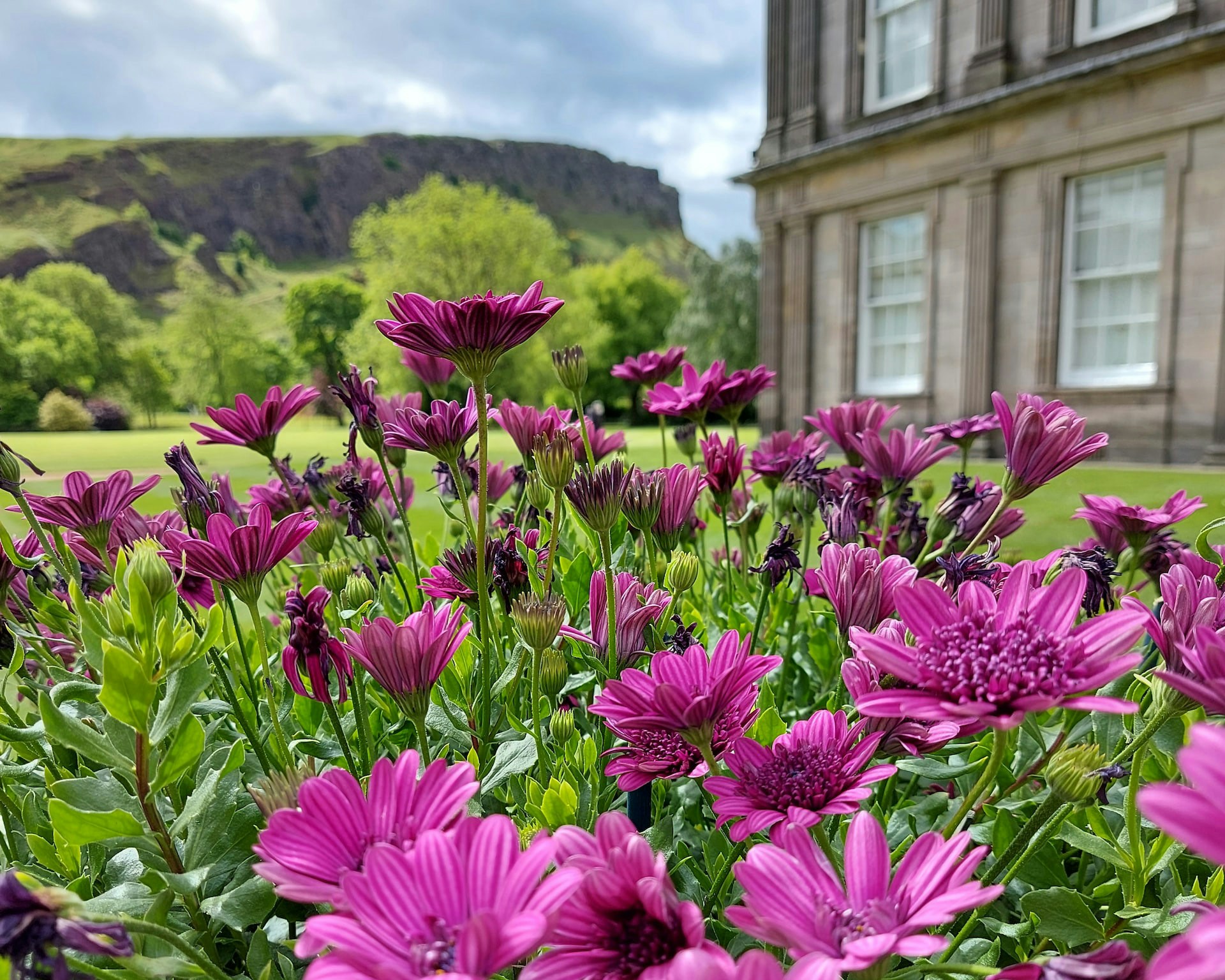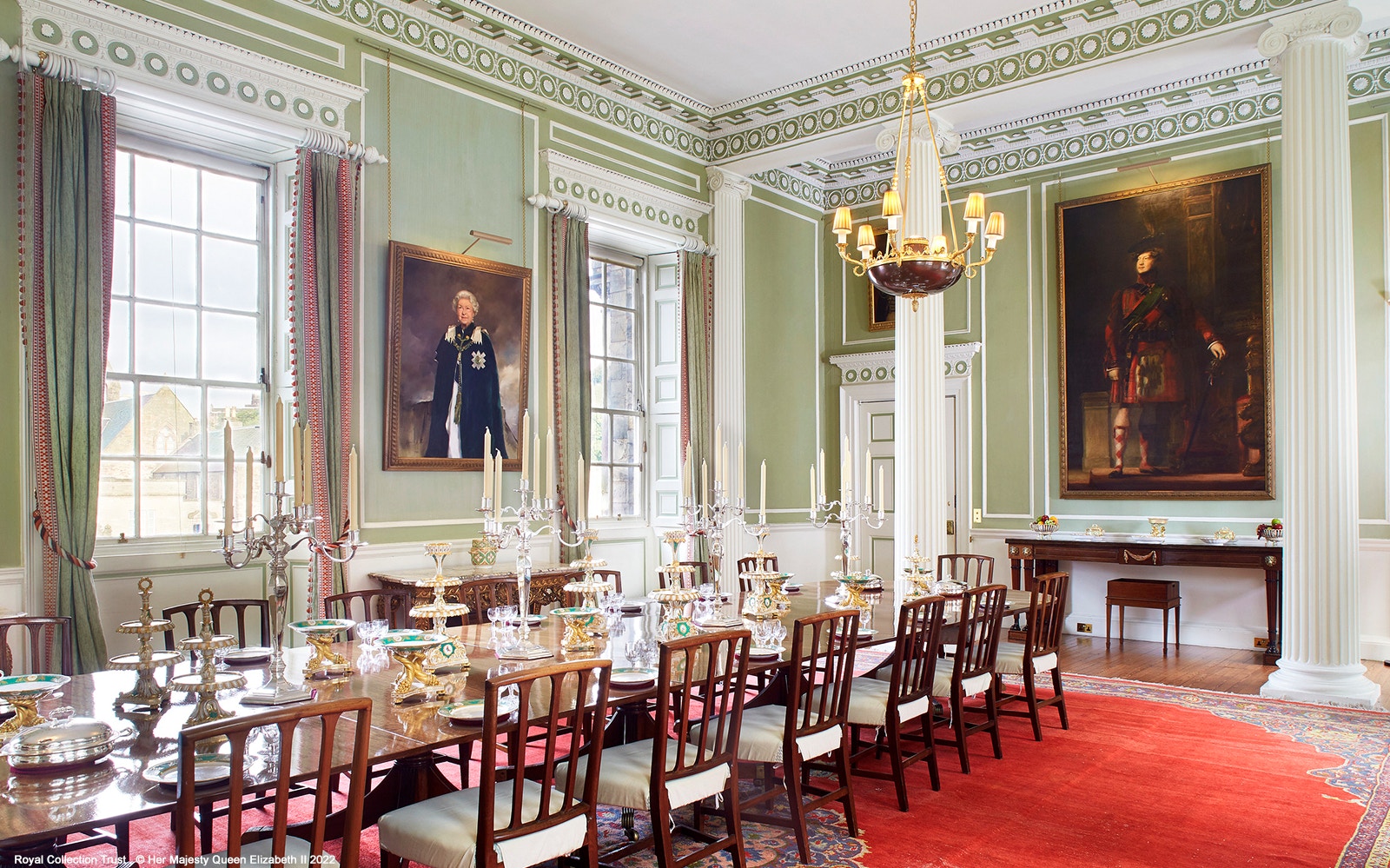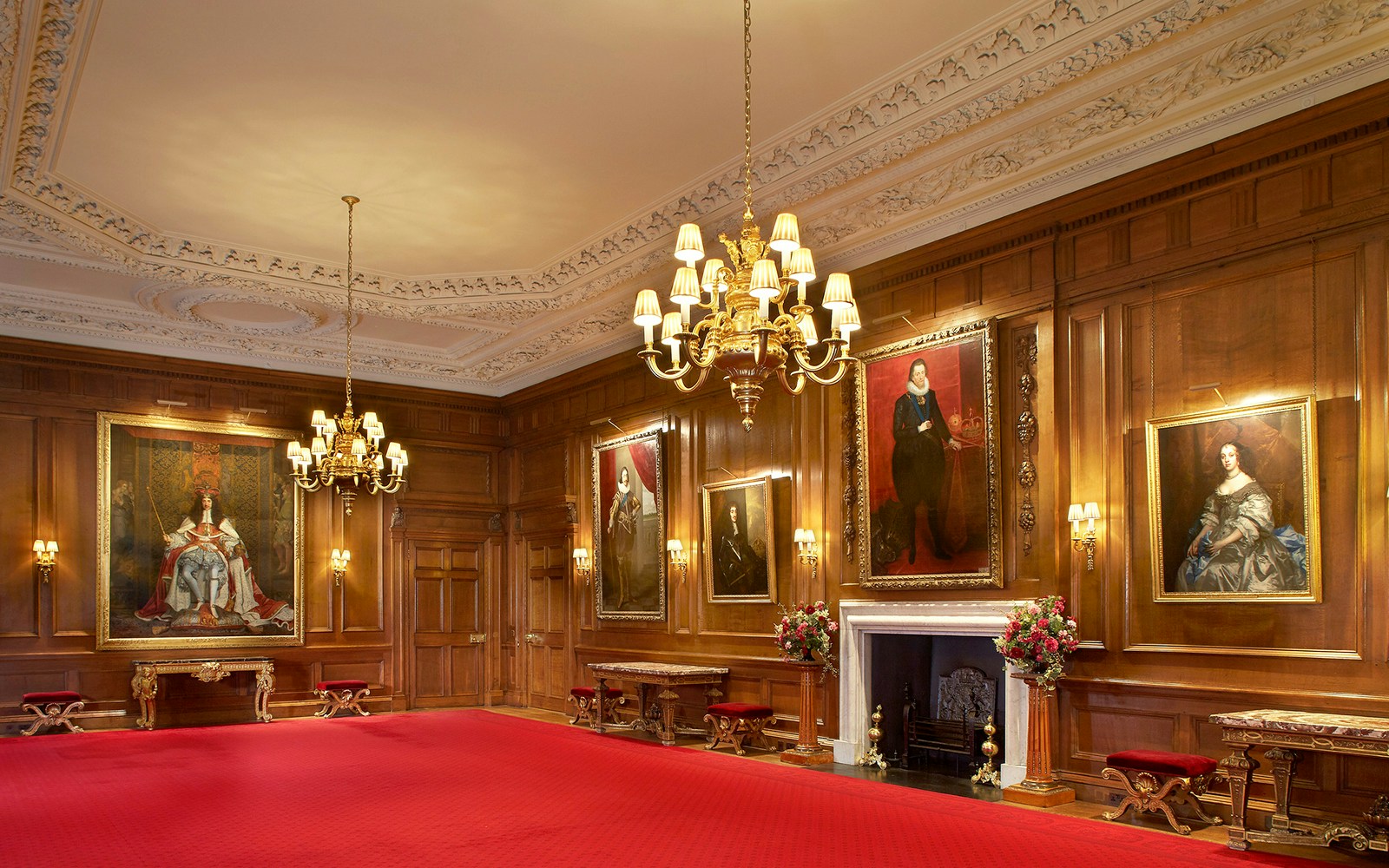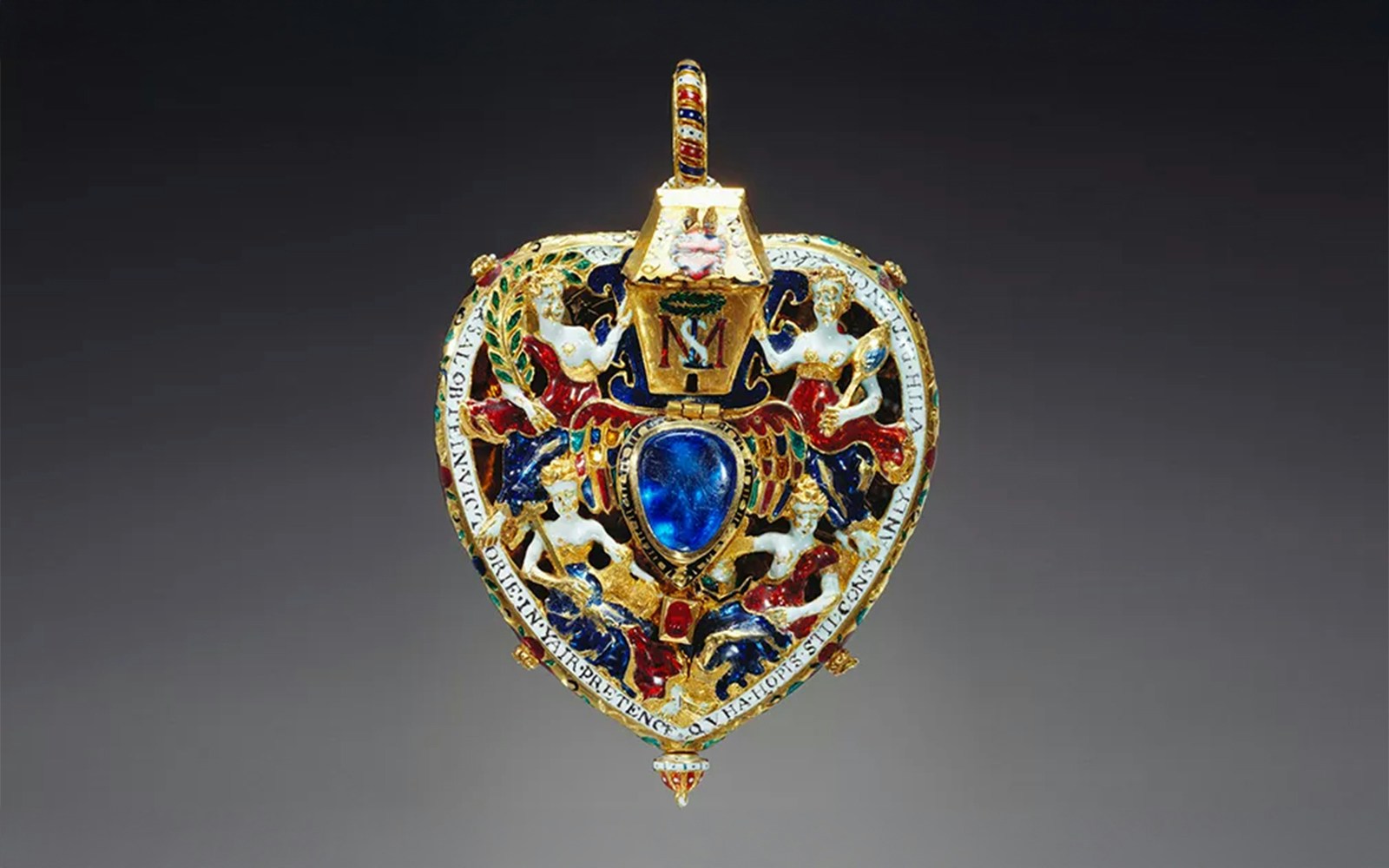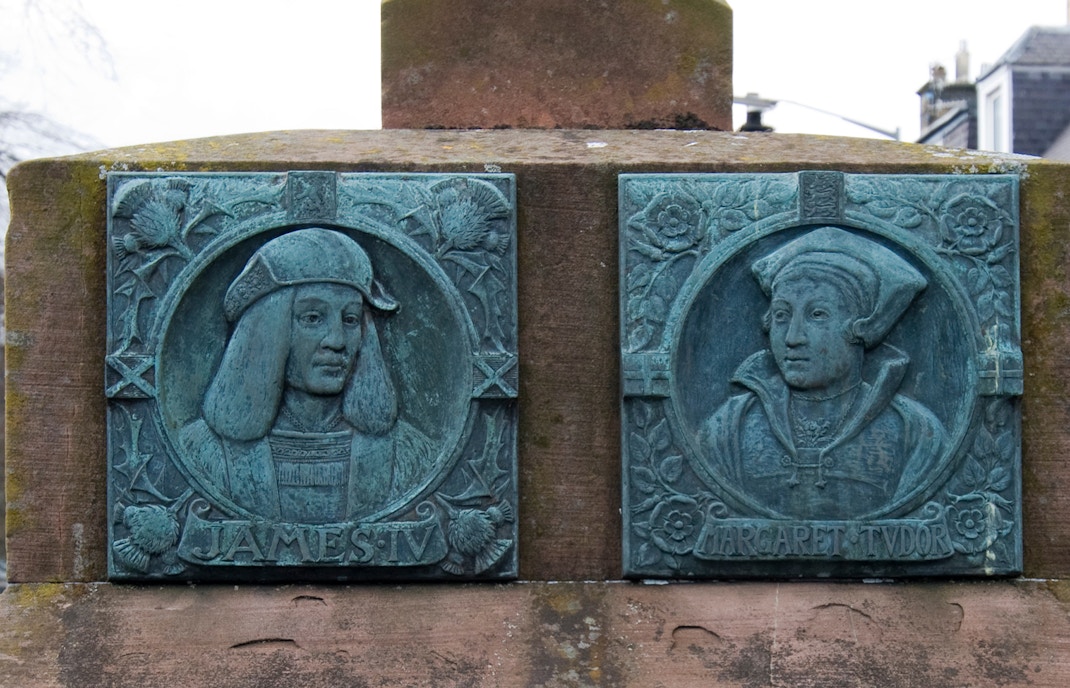- Official name: Palace of Holyroodhouse
- Location: Canongate, Edinburgh EH8 8DX, UK
- Date of construction: 1503 (original building), 1671 (current building)
- Timings: 9:30am to 6pm (last entry 4:30pm)
- Architect: Sir William Bruce
- Architectural style: Classical or Renaissance-Baroque
- Number of visitors per year: 437,000
- Function: Official residence of the British monarch in Scotland

